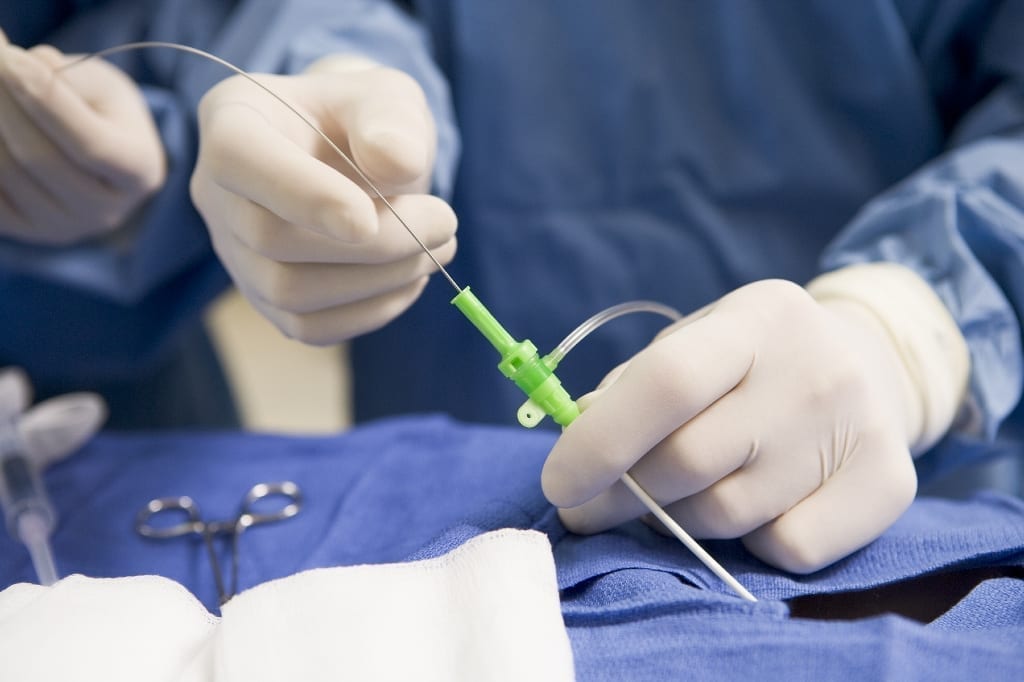3D Printing Technology Continues to Expand Medical Applications
3D printing is used for the development and production of all kinds of products – from food products to car parts, not to mention and wide and expanding range of medical applications. A recent development out of Northeastern University has furthered the medical potential of this technology. A team there has developed a 3D printing technology that uses magnetic fields to shape composite (a mixture of plastics and ceramics) materials into patient-specific products – in this case, patient-specific catheters for premature newborns.
The team, headed by assistant professor Randall Erb in NU’s Department of Mechanical and Industrial Engineering, recently published a paper in Nature Communications describing the technology.
What differentiates this technology from other 3D printing methods, say Erb and doctoral candidate Joshua Martin, is that it enables users to control how the ceramic fibers are arranged – “and hence control the mechanical properties of the material itself,” a release from the university stated. This is achieved by using magnets. The fibers are coated in an FDA-approved light iron oxide. Ultralow magnetic fields are then applied to specific sections of the composite material to align the fibers and create the specific shape and achieve the desired specifications for each device.
“With neonatal care, each baby is a different size, each baby has a different set of problem,” Erb explained in the release. “If you can print a catheter whose geometry is specific to the individual patient, you can insert it up to a certain critical spot, you can avoid puncturing veins, you can expedite delivery of its contents.”
“We are following nature’s lead,” Martin stated in the same release, “by taking really simple building blocks but organizing them in a fashion that results in really impressive mechanical properties.”














